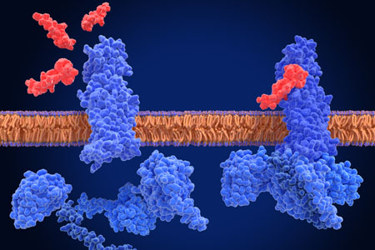Development Of Separation Methods For GLP-1 Synthetic Peptides Utilizing A Systematic Protocol And MaxPeak™ High Performance Surface Technology
By Brianna R. Clements and Paul D. Rainville, Waters Corporation

Glucagon-like peptide-1 receptor agonists (GLP-1s) are synthetic peptide-based drugs widely used in the treatment of type 2 diabetes and obesity due to their ability to regulate blood sugar levels and promote weight loss. In recent years, the demand for GLP-1s—particularly compounds like semaglutide—has surged, driven by their clinical effectiveness and growing popularity. Despite their widespread use, there remains a significant analytical challenge: no single method currently exists that can comprehensively separate and identify the full range of GLP-1 analogs being prescribed today. In response to this gap, we have developed a robust and reproducible high-performance liquid chromatography method coupled with ultraviolet and mass spectrometric detection (HPLC-UV/MS). This method is capable of analyzing a broad spectrum of GLP-1 compounds currently available on the market. Furthermore, it demonstrates the ability to effectively separate and identify related impurities, which is critical for ensuring drug purity and safety.
Discover how the MaxPeak HPS significantly enhances the performance of synthetic peptide analysis by reducing analyte adsorption and improving peak shape and reproducibility.
Get unlimited access to:
Enter your credentials below to log in. Not yet a member of Pharmaceutical Online? Subscribe today.
